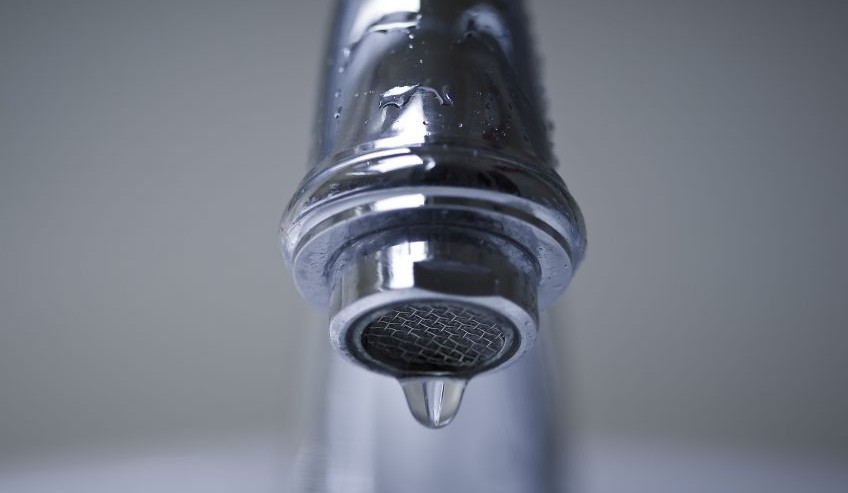How to Test Your Home’s Water Pressure
Light plumbing issues become nightmares in the blink of an eye. That leaky faucet or running toilet you kept putting off got worse. Now, you’re whitewater rafting in the bathroom wondering what you could’ve done to prevent this. It’s actually very easy, and ServiceWhale can help you every step of the way.
Determine If You Have a Problem
It’s always a good idea to keep an eye on your plumbing from time to time. This includes staying alert when something seems off. Maybe the toilet runs in the night. Maybe you found a puddle in the kitchen. If you ever notice something awry with the pipes, you should investigate to determine whether or not a ServiceWhale technician could help head off the issue before a major problem erupts.
Examine Your Water Pressure
Noticing low water pressure is easy enough. If you’ve turned the faucet handle all the way but the water’s just dribbling out, you’ve got an issue. Identifying high water pressure, on the other hand, is a little trickier. Most of us would prefer it on the higher side anyway, especially in the kitchen or during a hot shower. However, sustained high water pressure over time can destroy pipes and cause massive leaks throughout your home, so it’s a good idea to check it at least a couple of times a year.
Get a Water Pressure Gauge
In all likelihood, your plumbing system already has a pressure regulator installed by your local water supplier. That being said, pressure regulators don’t last forever, and it could be worn down if you’re experiencing leaks and other plumbing issues. If you don’t already have one, you’ll want to purchase a water pressure gauge. The most inexpensive options can be found at a local hardware store for about $10. Just keep in mind that pressure gauges come in all shapes and sizes, so make sure to grab one that reads in psi (pounds per square inch).
Read Your Water Pressure
The easiest way to check your home’s water pressure with a pressure gauge is to find your outside hose line. (Another option is to use your washing machine.) Remove the hose and replace it with the pressure gauge. You should be able to screw it in by hand. It’s very important here that you secure the pressure gauge tightly. If it’s leaking around the sides, you won’t get an accurate reading and may need to fasten the pressure gauge with a wrench. When you can read the pressure gauge make note of the psi: anything above 75-80 psi or below 20 psi is a red flag.
What’s Next?
If you’ve identified water pressure issues, it’s best to be proactive and solve the problem now before it spirals out of control. In addition to updating your pressure regulator, you’ll want to have one of our technicians take a look at the pipes and valves to find blockages or cracks. It may not be a problem today, but when it comes to plumbing, it’s good to be better safe than sorry, so let ServiceWhale be the ones to help you.





Comments
Comments are disabled for this post